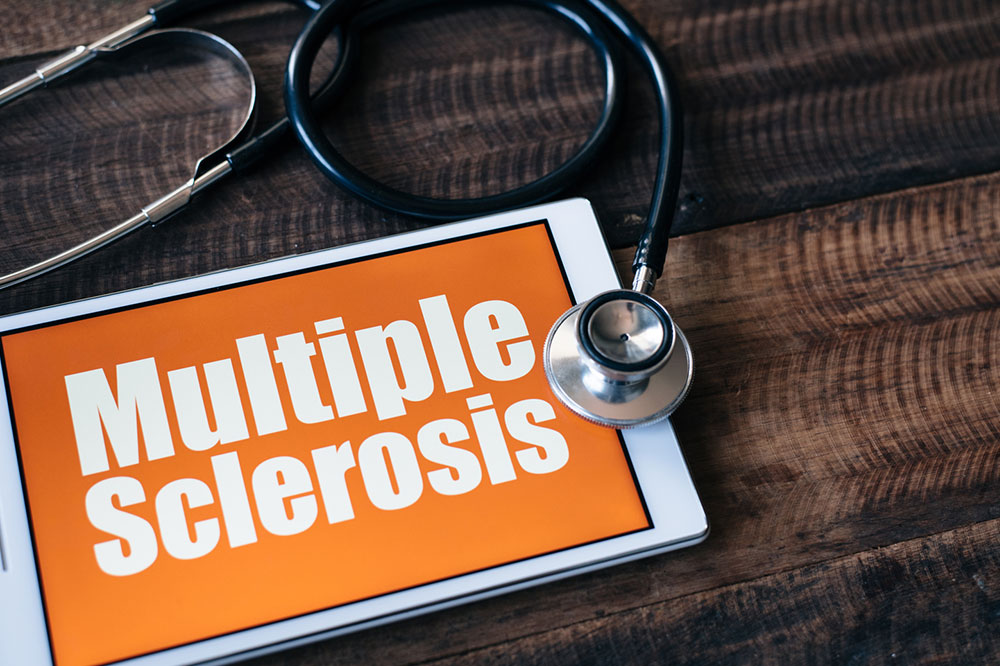
3 Primary Treatment Options for Multiple Sclerosis
Multiple sclerosis is a disabling disorder of the spinal cord and the brain, that is, the central nervous system. As part of this condition, the body’s immune system attacks myelin, the protective covering that envelopes the nerve fibers and leads to a communication imbalance between the brain and the other parts of the body. Over time, MS can lead to permanent deterioration or damage to your nerves.
Read on to the treatment options for multiple sclerosis.
1. Injectable
Beta interferons
These are injectable medicines that are used for treating remitting and relapsing MS. A few beta interferon products are used for the initial clinical episode with Magnetic Resonance Imaging (MRI) findings consistent with multiple sclerosis. The frequency and mode of injections will depend on the medication. It can either be intramuscular or subcutaneous, and dosage can either be only once every week or daily.
Glatiramer acetate
It is a medication that can curtail the persistent attack of the immune system on myelin. This is injected underneath the skin. One may experience side effects such as skin irritation at the injection site.
2. Oral treatments
Fingolimod
It is a capsule given once every day to cure MS that relapses. The oral capsule will lower the clinical exacerbations frequency and postpone the impact of the disease on one’s physical health.
Dimethyl fumarate
The medication is prescribed twice every day. It also reduces symptom relapse. Consumption of this medication can lead to severe side effects, such as nausea, flushing, lowered WBC count, and diarrhea. Patients of MS who consume this drug will have to undergo consistent blood test monitoring.
Teriflunomide
This treatment option for multiple sclerosis is an oral tablet that is to be taken once every day for treating relapsing forms of MS.
Mitoxantrone
It is a chemotherapeutic drug used for treating patients who have a worsening system of relapsing-remitting multiple sclerosis, secondary progressive multiple sclerosis, or progressive-relapsing multiple sclerosis. This medication helps in reducing the clinical exacerbation frequency or neurologic disability. Mitoxantrone is intravenously administered via infusion once every three months.
3. Infusion treatment
Natalizumab
Another treatment option for MS is Natalizumab. It blocks the flow of damaging immune cells via the blood to the central nervous system. Usually, it is the initial-most treatment that is used in some cases with severe MS. In some other people, it is also a second-line treatment. The drug can increase one’s susceptibility to a severe viral infection of the brain.
Ocrelizumab
A humanized monoclonal antibody medication is the only disease-modifying therapy that is FDA-approved to use as an active treatment for primary-progressive and relapse-remitting forms of multiple sclerosis. In several clinical trials, it was found that it did show a reduced relapse rate in relapsing disease. Furthermore, it also slowed the process of disability worsening.


